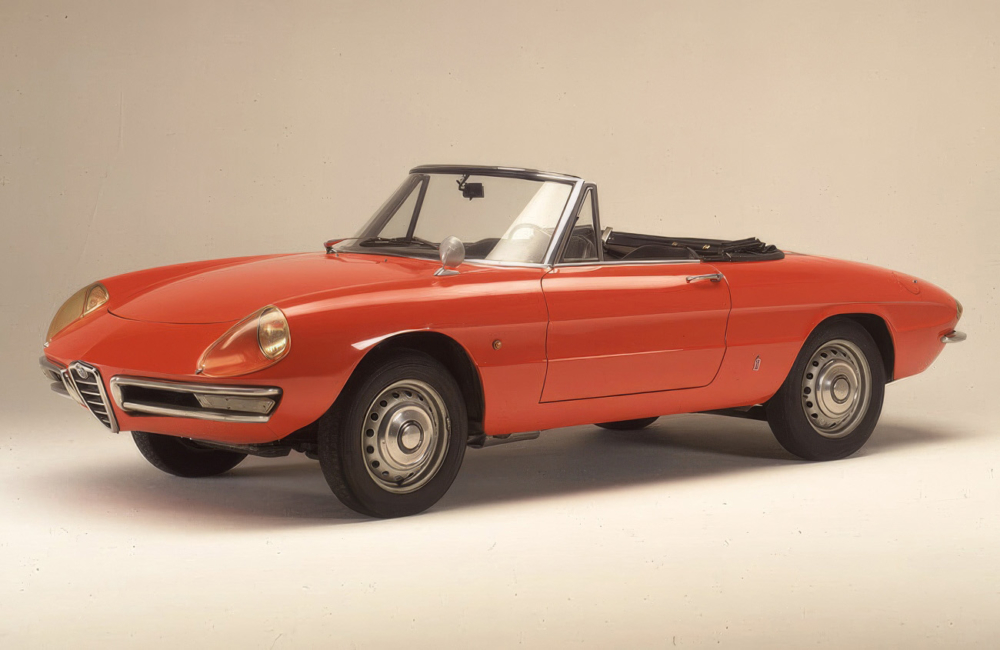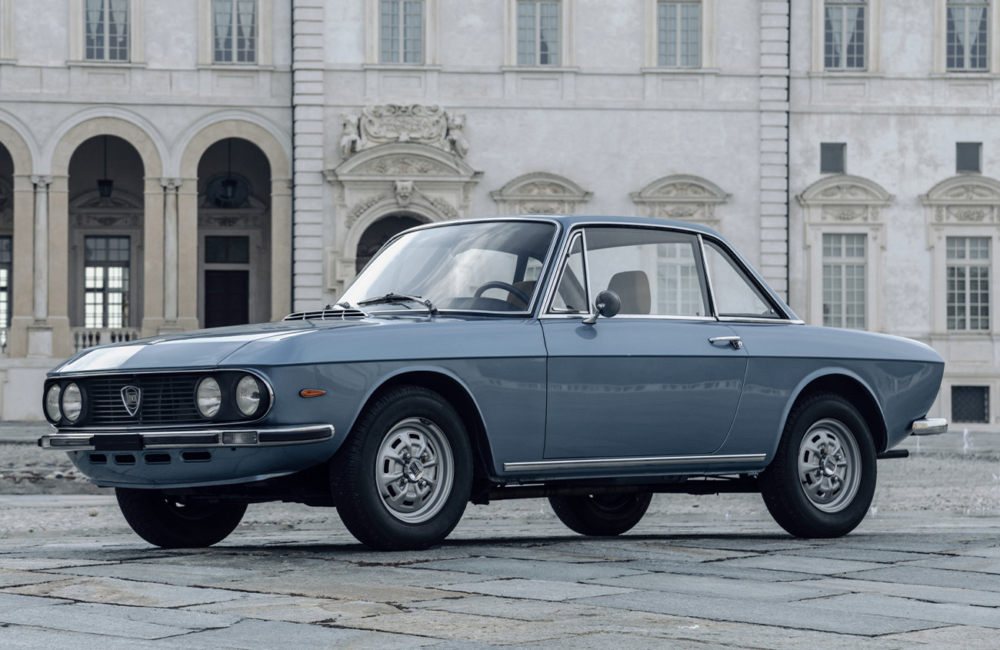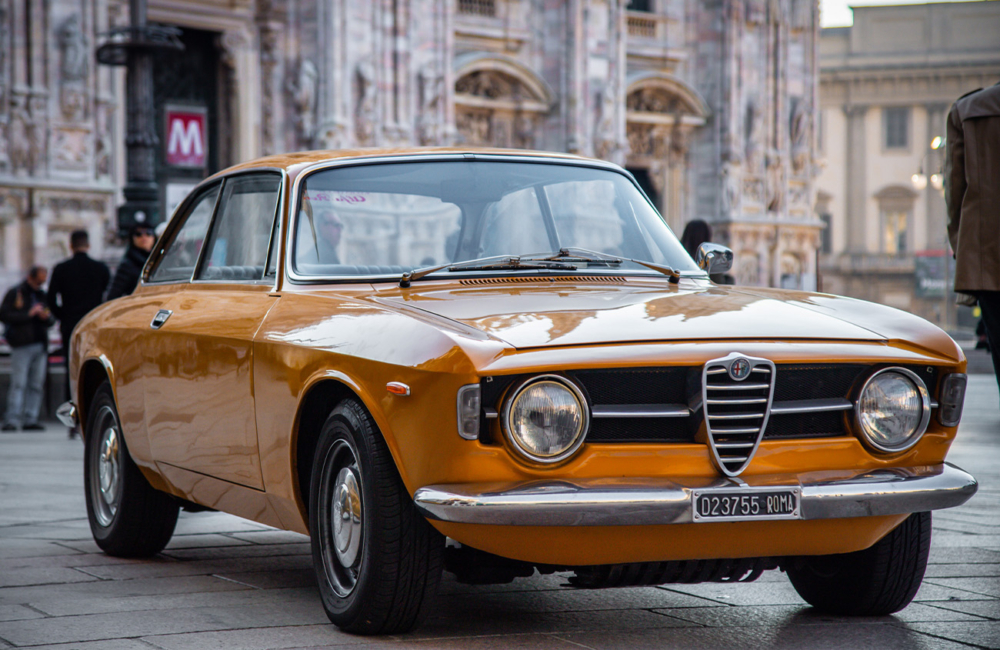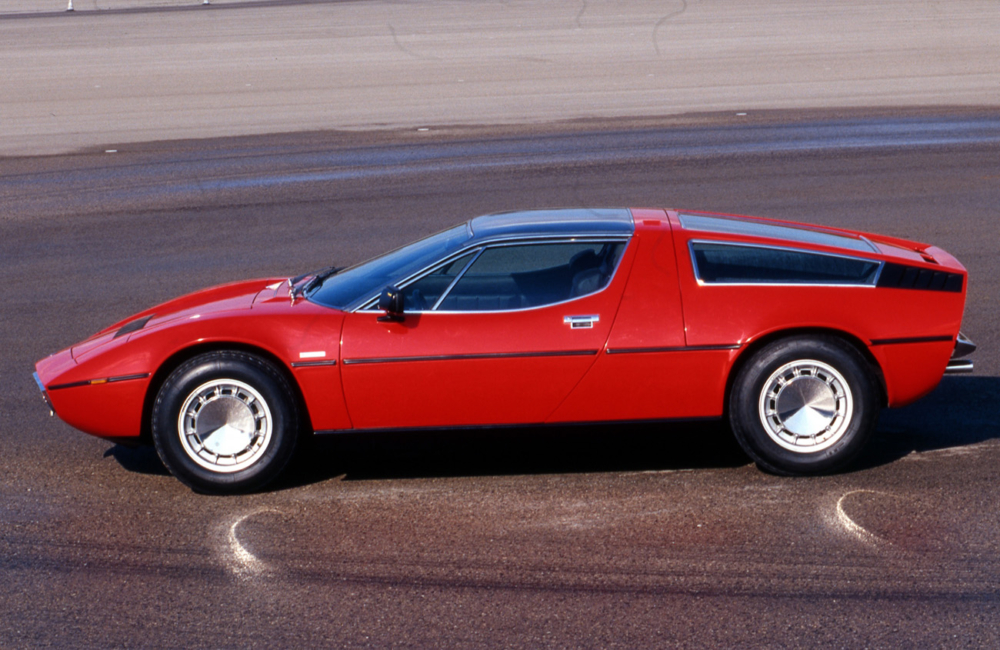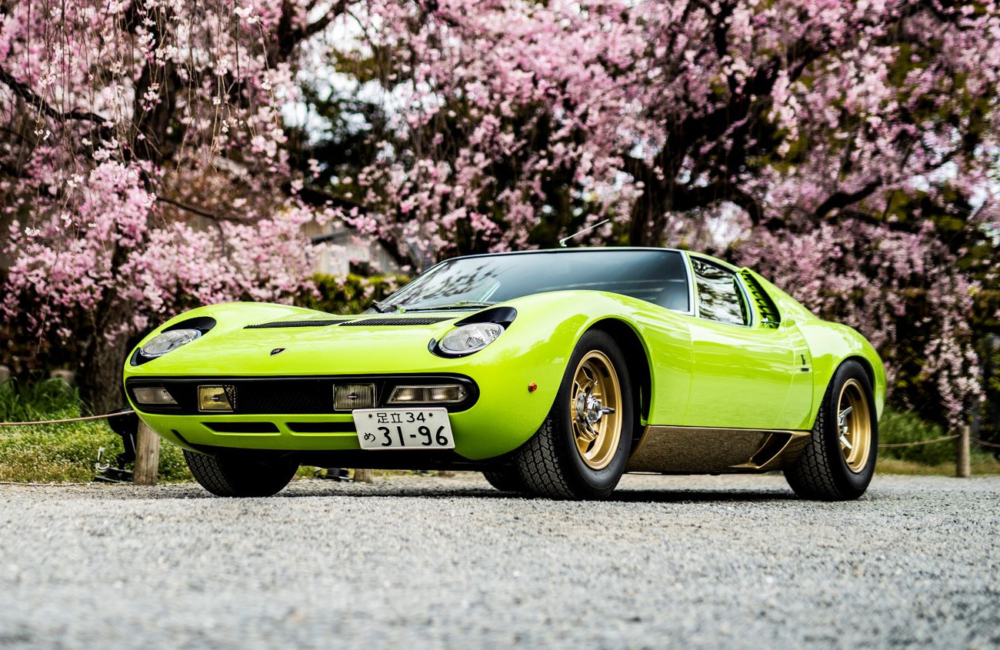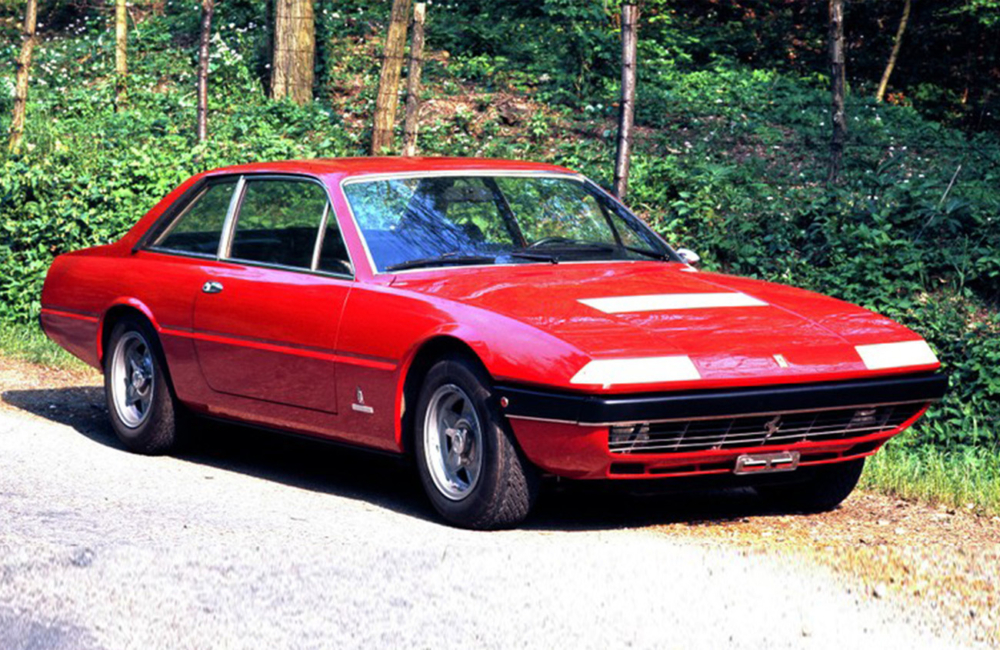The Evolution of Sex Part 3: On the Genetic Superiority of Women
Dec 24, 2025The Most Stylish Vintage Italian Car Models You Can Buy Today
- Sep 2, 2024
- 0 Comments
664
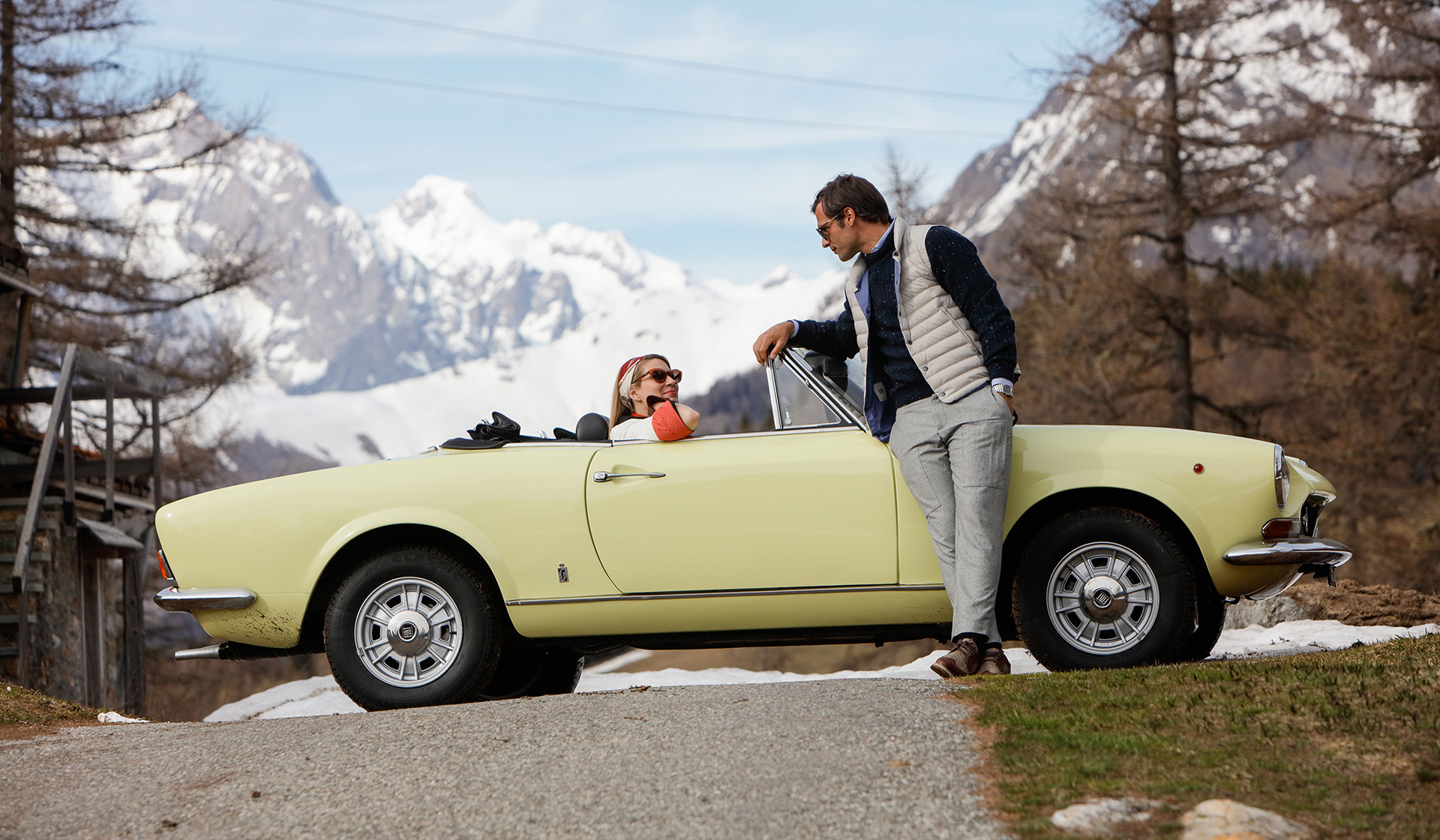
Owning any vintage car is a commitment, but if you’re into sporty Italian things, well, it almost needs to be an obsession. Their high-maintenance reputation is not without evidence, but this is also a good way of separating the enthusiast from someone who merely wants to be ‘seen’ in something vintage.
So with that in mind, these are some of the coolest Italian vintage cars that differ from the norm. These are the types of models that befit a true enthusiast rather than a simple poser. It’d be easy to put a multi-million pound Ferrari 250 SWB into it, but this is now the realm of the ultra-rich. Instead, we’ve got a list of four options that are still on the right side of realistic, plus four higher-end options that, importantly, come with a prerequisite of good taste, rather than just money.
Fiat 124 Sport Spider (1966-1981)
The Italian ‘people’s car’ is an ideal place to start, as while the Fiat badge might lack glamour, the 124 Spider can more than hold up its own. Introduced in 1966, the Fiat 124 was designed by Pininfarina, a name that we’ll be referring to quite a lot in this article, and became an icon in terms of both design and attainable fun.
This little two-seater spider is easily identified by its double-dome bonnet and almost anthropomorphic headlight surrounds. Add to this Fiat’s iconic twin-cam four-cylinder engine, and it is one wonderful package.
Because it was built over such a long life span, regulation did get involved, and later cars lost some of the original’s wonderful purity. But in any form, the 124 is a great first step into Italian classic car ownership.
Alfa Romeo ‘Duetto’ Spider (1966-1969)
If a Fiat 124 Sport Spider is the first step into Italian roadsters, consider the Alfa Romeo Spider the next. Like the Fiat, the original Alfa Spider appeared in 1966 and was also designed by Pininfarina. But where the Fiat’s design was relatively upright and slightly boxy, Alfa’s original ‘Duetto’, as it was colloquially named, was smaller, more rounded and more elegant.
Again, like the Fiat, its mechanicals were dominated by a charismatic twin-cam four-cylinder. Today, it’s these early Duetto models that are the most desirable. That’s because the Series 2 ‘Coda Tronca’, which arrived in 1970, lost the elegant boat-like shape in favour of a boxy rear end and flat nose.
In fact, the Spider continued production until 1993, and only became increasingly diluted with each generation that passed.
Lancia Fulvia Coupe (1965-1976)
Where the Alfa Romeo and Fiat were long-lived and therefore well known, the Lancia Fulvia is, by contrast, much more of an unknown entity. This front-wheel drive Fulvia was a core car for Lancia in the 60s, offered in various body styles. But it’s the elegant coupe, designed in-house by Lancia’s Centro Stile, that we’re focusing on here, which today couldn’t be any cooler due to its rarity, just as much as its technical oddity.
In contrast to the rear-drive, in-line, four-cylinder layouts of the more traditional sporting roadsters, the Fulvia used an unusual V4 engine, canted over at an angle and powering the front wheels exclusively. It went rallying with some success, and today, it still rests on its eccentricity and charisma.
That’s not to say it’s not brilliant to drive – it is – but it’s also a magnitude cooler than the Roadsters above. Just be ready to keep needing to tell everyone exactly what it is.
Alfa Romeo GT Coupe (1963-1967)
The second Alfa Romeo on this list, the 105 Coupe, also known as the GT and GTV, was revealed in the same era as the Spider but couldn’t be more different aesthetically. In that brilliant world of 60s Italian chaos, Alfa Romeo not only launched two entirely distinct two-door sports models but also enlisted two rival designers to create them, creating a fascinating tension between design legends.
It was Giorgetto Giugiaro, at the time employed by Italian design house Bertone, who was enlisted to pen the two-door variant of the Giulia. This elegant coupe did the rounds in motorsport and was continually upgraded from GT to GTV and Sprint forms, creating a range of stunning little Italian coupes that today are about as desirable as Alfa Romeos get.
Maserati Bora (1971-1978)
This is where we depart sports cars and enter supercars, with the Maserati Bora being one of the more eccentric models of the time. Built in Maserati’s Citroen era, the mid-engined Bora was another Giugiaro creation that adopted the iconic wedge and featured many firsts for the lesser-known Italian manufacturer.
This included the use of all-around independent suspension and the clever glazed section over the rear engine cover that made it more usable than many contemporary mid-engined models.
Yet the Bora is most noted for its almost postmodernist design, which was compact, elegant and timeless. Apart from anything, a well-kept Bora is a rare beast and scores highly on the cool factor today.
Lamborghini Miura (1964-69)
We were going to try to avoid the obvious inclusions, but there’s really nothing cooler than the iconic Lamborghini Miura. This was the first ‘real’ mid-engined supercar, designed and engineered by a set of brilliant young designers and engineers, including Marcello Gandini.
Today, Miuras scarcely sell for less than seven figures, and they’ve recently become popular due to Lando Norris, who’s been spotted driving around Monaco in his dark blue example with a high-contrast orange interior.
Apart from its stunning design, though, the Miura’s V12 engine and incredible engineering really put it in a top-tier Italian supercar category, so don’t expect values to go down any time soon.
Ferrari 365 GT4 2+2 (1972-1989)
Back to usual programming, a hard-edged supercar is all well and good, but a better route to classic car ownership is the grand tourer. The Ferrari 365 GT4 is a perfect example, as it combines the far more expensive ‘Daytona’ hardware with a traditional three-box coupe shape, opening up more space inside and lowering the cost of entry.
This was once again the work of Pininfarina, who by this stage had embraced the modernist notion of hard edges and blocky shapes, in sharp contrast to the fluid volumes of the 50s and 60s. Beyond the 365, this underlying model was turned into the 400 and 412, staying in production until 1989, when it still looked modern in the shoulder-padded world of the excessive 80s.
Publisher: Source link





